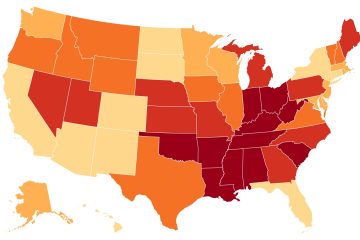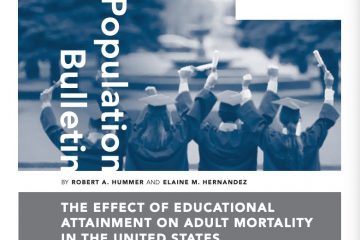
Racial and Ethnic Differences in U.S. Mortality
Date
December 1, 2002
Author
(December 2002) Except at the very oldest ages, black Americans have the highest death rates of any of America’s racial and ethnic groups. In large part, this can be attributed to inequalities in economic status, education, and occupation — all of which are related to the risk of mortality. But the racial differences in mortality persist even in studies that compare individuals with similar levels of income and education. The disadvantage for blacks appears for all the major causes of death: heart disease, cancer, and stroke. The disadvantage is greatest in deaths from HIV infection, for which the risk to blacks is over seven times the risk to white Americans.
See Table (PDF: 3.8KB)
Death rates for American Indians are similar to those of whites for most causes, but are substantially higher for cirrhosis of the liver and for injuries, suicide, and homicide. Asian and Pacific Islanders and Hispanics, by contrast, have much lower mortality rates than would be expected from their social and economic status in the United States. Their advantage is especially apparent in the leading causes of death — heart disease and cancers. One factor contributing to the good health of both Asians and Hispanics in the United States is the “immigrant advantage.” Several studies have shown that international migrants tend to be particularly healthy and optimistic individuals, with better diets and more positive health-related behaviors than non-immigrants. And both Asian and Hispanic populations include a higher proportion of recent immigrants than do either the white non-Hispanic or the black non-Hispanic populations. But the immigrant advantage itself does not explain entirely the paradox of Hispanic and Asian-American good health.
References
National Center for Health Statistics, Health United States, 2002 With Chartbook on Trends in the Health of Americans (Hyattsville, MD: NCHS, 2002), accessed online at www.cdc.gov/nchs/ on Nov. 25, 2002.



